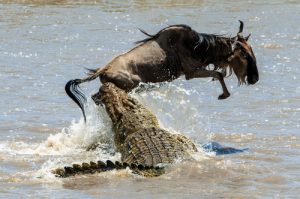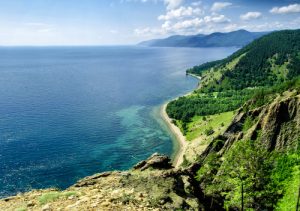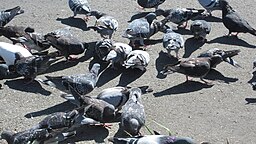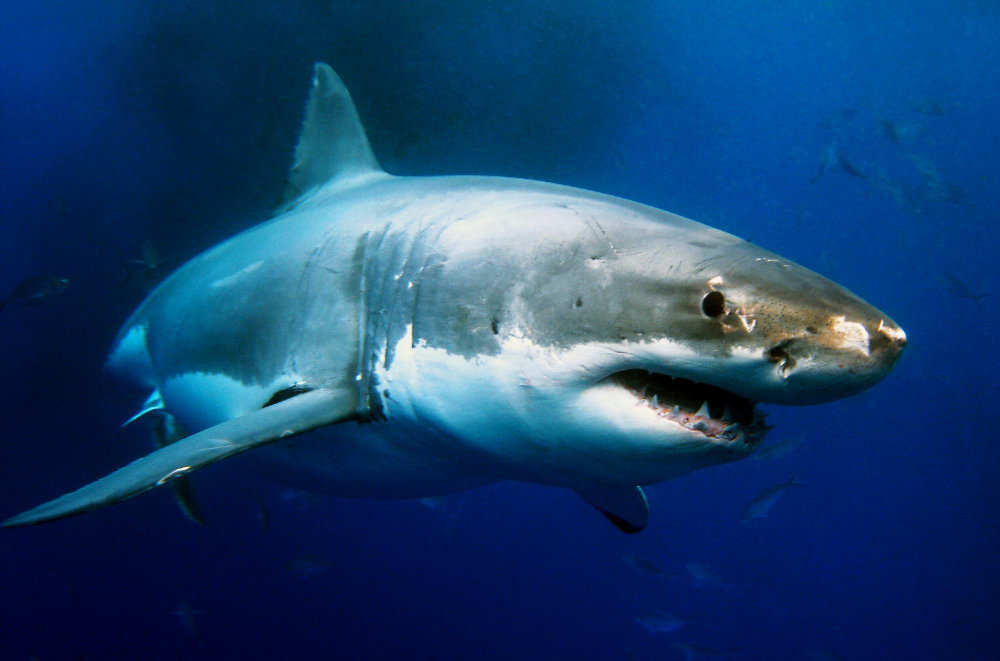
The Great White Shark Carcharodon carcharias (thanks in no small part to the Jaws Movies) has been granted almost legendary status as the world’s most feared predator. However, it would be unfair to brand them as a major threat to humans, or as mindless killing machines, as attacks on humans are infrequent (although they do account for a big percentage of overall attacks). Overall many more people will die from dog attacks in the average year than at the teeth of a Great White.
Scientists now theorise that given Great Whites are naturally curious and that most attacks are what they term “sample biting” when they give something a quick nip to see what it is. This could account for the fact that the majority of attacks are non-fatal. Unfortunately, a quick nip from a Great White is pretty devastating but does indicate that humans are not high up on their preferred menu.
Prefered Habitat Of The Great White Shark
Great White Sharks live in both coastal and offshore waters with preferring temperatures between 12 and 24 °C (54 and 75 °F). Thus the major population concentrations are found in temperate regions with the Northeast Atlantic and California coasts of the United States homing significant numbers.
They are also quite plentiful around Japan, Australia particularly around New South Wales and South Australia, and off the coast of South Africa, where one of the largest known populations is found at Dyer Island; a site of much Great White research. They are also found is reasonable numbers around New Zealand, Chile, and in the Mediterranean.
Great White Sharks are by far the largest predatory fish in the oceans growing to between 15 feet (4.6 meters) and 20 feet (6 meters). However, exceptionally large specimens weighing up to 5,000 pounds (2,268 kilograms) have been recorded. They reach maturity at around age 15 and are thought to live for 30 years plus.
Given this, they are quite vulnerable to fishing predation as they produce few young in a lifetime. Like many large predatory shark species, they are characterised by their slate-grey upper bodies and white underbellies. This underbelly is very pronounced in the species, hence their name. Over the years they have acquired a few different names (apart from Jaws) are also referred to as white pointers, White Shark, or White Death in different parts of the world.
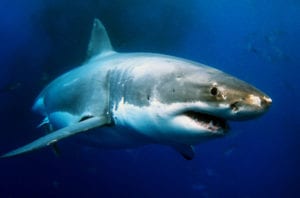
Image: Alexius Sutandio/shutterstock
CITES Appendix II
Although the Great White Shark has few if any natural enemies (Killer Wales are reported to occasionally eat them) the International Union for Conservation of Nature (IUCN) lists the Great White Shark as vulnerable. It is also included in Appendix II of CITES. This is mainly due to predation by man, with a set of Great White Jaws once being a popular trophy. Fortunately, nowadays the value of live White Sharks is being appreciated and there is a growing market for Shark Tourism particularly off South Africa’s coast.
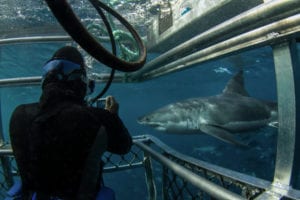
Shark Tourism Is Now Big Business
Image:saulty72/Shutterstock
Great White Sharks In Captivity
Shark tourism is one of the few ways to see one as Great White Sharks rarely thrive long in captivity. Monterey Bay Aquarium California once managed to keep a young female, in the aquarium’s massive 3,800,000-litre Outer Bay exhibit for 198 days before she was released in March 2005. Since then they have had several others which have only been kept for a few months before release.
If you enjoyed our brief overview then have a look at our growing range of these or you go why not try some of our quizzes. In any event, before you go why not join our growing community it’s free and could be very rewarding going forward.


